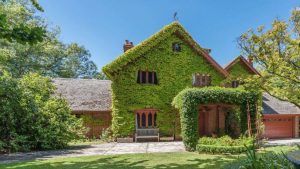Blending culture, pristine nature, cuisine and accessibility, Tasmania is attracting plenty of visitors. Figures show more first-timers are jetting in for gourmet weekends on the 68,000-square-kilometre island than ever before.
And, it seems, a few more days in Tasmania are just not enough.
About 31 per cent of visitors in 2016 were on their maiden trip to the state, according to Tourism Tasmania and Australian Bureau of Statistics figures show net overseas migration arrivals rose by 9.2 per cent in Tasmania for the year ending September 30, 2016. The state’s population is 519,800, about 26,000 more residents in 12 months.
Observers say these figures confirm what locals see in Hobart and regional villages. Since David Walsh’s Museum of Old and New Art (MONA) opened in 2011, droves of discerning individuals have been flying south to feast on fine food, wine and culture.
And they are often deciding they like Tasmania’s high-quality lifestyle so much they return to look for historical and coastal lifestyle homes representing premium value for relatively low cost.
Last year tourism directly contributed $1.17 billion (or 4.6 per cent) of the state’s gross product, $1.38 billion indirectly, the highest in the country.
“They see a city like Hobart offering a simpler life and this really savvy cohort of executive-level individuals, aged 45 or so, who have often travelled extensively and returned to Australia with children expressly wanting to give their kids the kind of lifestyle they left, are often deciding to sell their Sydney and Melbourne and Brisbane homes and reinvesting here for a third of the price,” Knight Frank Tasmania agent Jim Playsted says.
Unsurprisingly, this year’s influx of new residents has stimulated price rises. The median price for the prestige market in Hobart – the top 20 per cent of the property market – reached $685,000 in the March 2017 quarter, a 5.4 per cent lift for the quarter and a whopping 18.1 per cent jump over the past 12 months.


